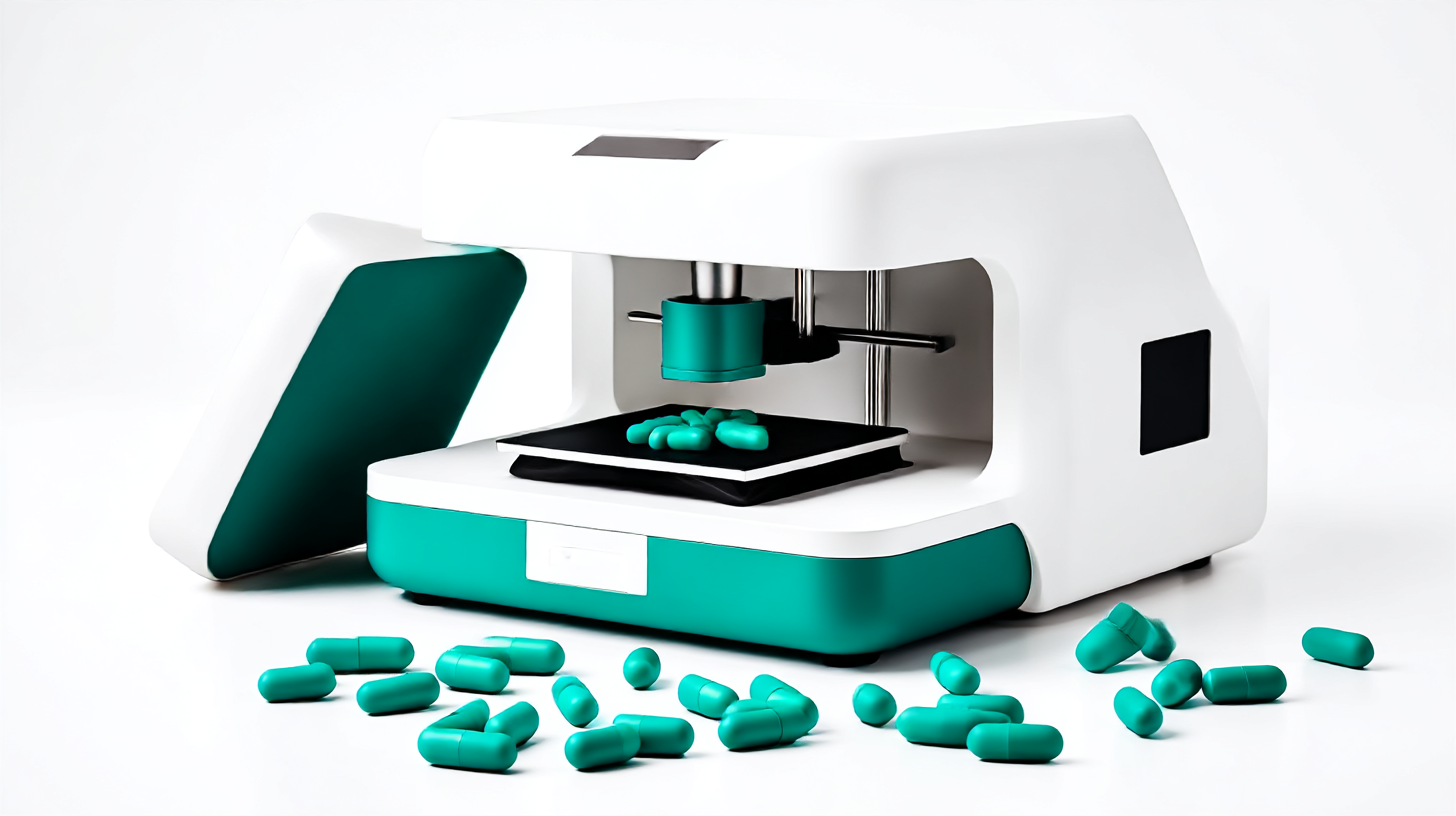By Futurist Thomas Frey
In Nanjing, China, a factory is rising—not built from conveyor belts, tanks, and mixing vats, but from rows and rows of printers. A new pharmaceutical facility is poised to produce up to 300 million tablets per year, using additive manufacturing techniques to craft each pill layer by layer. This is no laboratory experiment—it’s being billed as the world’s largest 3D-printed drug factory.
Triastek, the company behind this facility, is cutting out many of the steps traditional pharma companies cling to: no mixers, no complex coating lines, no separate granulation or compression machines. Instead, they rely on a digitized, traceable, printer-based process that leverages hundreds of thousands of monitoring points to “draw” internal structures, dissolution pathways, and timed-release mechanisms.
This factory isn’t just about volume. It’s about reshaping the nature of medicine, supply chains, and what it means to make drugs at scale. If successful, it could shift the paradigm from bulk pharmaceutical manufacturing to distributed, customizable, and digitally governed drug production.
Why This Matters?
From Monolithic Plants to Digital Factories
The existing pharmaceutical model depends on gigantic centralized plants, complex chemical processing steps, and global logistical chains to ship pills to patients. That model is slow, brittle, and opaque. A glitch in ingredient supply or regulatory scrutiny can freeze entire drug lines.
The 3D-printed facility in Nanjing turns that model inside-out. It compresses manufacturing into three steps: blending raw materials, printing, and packaging—all under digital control. Tablets can be engineered with internal channels, variable density zones, or region-specific release profiles, enabling a degree of customization unheard of in bulk manufacturing.
Imagine printing a dosage optimized for your age, kidney function, or co-medications—without shipping pills across continents. The vision is factory-scale precision, delivered close to the patient.
Regulatory Permissions & First Moves
Triastek’s plant already obtained China’s first 3D drug production license, putting it as the second company globally to commercialize printed pharmaceuticals (after Aprecia’s Spritam). Their first approved products include an apixaban derivative, with further hormone and gastric-retention drug lines in development. 3DPrint
That regulatory approval is a signal: governments are willing to permit radical departure from legacy methods, provided controls are rigorous, traceability is perfect, and consistency is demonstrable.
The Domino Effects
Consider the cascading impact of this shift:
- Supply chain resilience: Drug production could move closer to demand centers, reducing dependency on fragile global routes.
- Personalized pharmacology: We may see “just-for-you” pills printed locally in clinics or dispensaries.
- Speed of innovation: New molecules could move from lab to production in months rather than years, thanks to digital manufacturing loops. 3DPrint
- Smaller operators, bigger roles: Local health systems, even in rural or underserved regions, might host microfactories. The factories of the future don’t need scale—they need smart design.
- Regulatory systems transformed: Approval models, oversight, and quality control must evolve from batch-based audits to continuous digital verification.
This is a pivot from drug as bulk commodity to drug as digital-manufactured product.
Risks, Hurdles & Wildcards
- Precision & consistency: Printing tiny tablet features demands near-perfect accuracy. Even minor deviations in active zones could alter dose or efficacy.
- Regulatory alignment: Pharmaceuticals sit atop the world’s strictest oversight systems. Adoption will be cautious, fragmented, and regionally variable.
- Material constraints: Not all drug compounds or excipients are printer-friendly. Some molecules may resist layering or binding.
- Intellectual property complexity: Who owns the “digital recipe” of a pill? Piracy of digital drug blueprints may become as contentious as generic manufacturing.
- Equity of access: Will affluent nations adopt first while others lag? Or will this shift accelerate narrowing of health disparities?
Final Thoughts
China’s 3D-printed drug factory isn’t a novelty. It’s a lighthouse pointing toward the future of medicine manufacturing. The question now is not if drug production will transition into the digital, printed domain—but who will control it, under what rules, and how equitably.
The old era of monolithic chemical plants, global shipping, and multi-step bottlenecks may become the relics of pre-digital pharma. In their place, modular, agile, and digitally governed drug factories will shape new frontiers of health.
This is not just about pills. It’s about rewriting the gravitational center of pharmaceutical power.
Read more on related topics:
- The Printer-Mortgage Trap: Indentured Servitude Disguised as Homeownership
- The Birth of the AI-Agent Economy: Who Builds the Builders?


